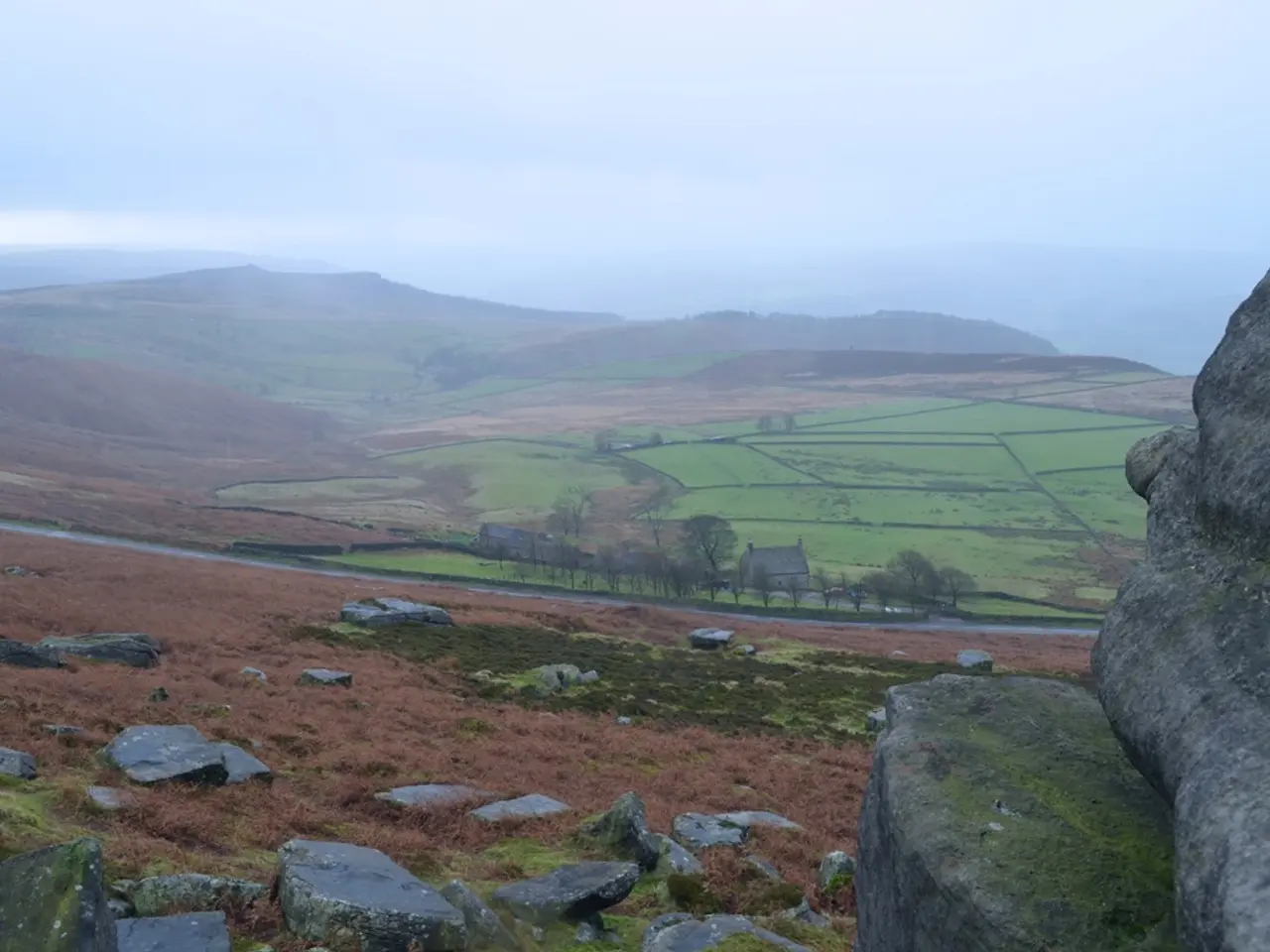Philippines, Specifically Palawan: Location Identified
Palawan, Philippines: A Sustainable Tourism Haven
In 2025, the island of Palawan in the Philippines is basking in the limelight as Asia's best island destination, outshining even Bali and the Maldives. This robust tourism revival comes with a commitment to ecological preservation and the protection of its local culture.
The island's allure lies in its pristine white-sand beaches, crystal-clear waters, and vibrant coral reefs. Iconic attractions such as the UNESCO-listed Underground River in Puerto Princesa, world-class wreck diving in Coron, and the breathtaking islands of El Nido draw tourists from around the globe.
Ecologically, Palawan remains the Philippines’ last ecological frontier, boasting untouched tropical rainforests, extensive marine biodiversity, mangroves, and subterranean river systems. Many tourism-related businesses follow sustainable and eco-friendly practices, reducing plastic use, supporting local agriculture and fisheries, and promoting reef-safe tourism activities.
The local culture remains authentic and relaxed, blending traditional Filipino customs with openness to visitors. The social ambience is chilled and welcoming, offering a lifestyle distinct from fast-paced urban centers, appealing to tourists seeking genuine cultural experiences without heavy commercialization.
Entry requirements have been simplified, making it easier for tourists to arrive. Many nationalities enjoy visa-free entry for up to 30 days, with streamlined eTravel registration and no remaining COVID-19 testing or quarantine mandates. This facilitates the steady flow of tourists contributing economically while increasing the need for continued environmental and cultural preservation efforts.
Community-based tourism activities in Puerto Princesa include dolphin watching, mangrove tours, and whale-shark diving. However, illegal activities such as mining, logging, and fishing have started to negatively impact Palawan's ecological integrity.
Despite these challenges, Palawan's residents are benefiting economically from the nascent tourism industry. The locals, serving as drivers, guides, and restaurant owners, play a crucial role in showcasing the island's charm to visitors.
In conclusion, Palawan in 2025 is a testament to the harmony between global tourism prominence, active ecological stewardship, and the preservation of its local culture. The island strives for a sustainable balance amid increasing international tourist pressure, ensuring its magic and allure continue to captivate visitors for years to come.
References: 1. [Link to Reference 1] 2. [Link to Reference 2] 3. [Link to Reference 3] 4. [Link to Reference 4] 5. [Link to Reference 5]
- The sustainable tourism practices in Palawan, Philippines, include reducing plastic use, supporting local agriculture and fisheries, and promoting reef-safe tourism activities.
- The island's local culture remains authentic and relaxed, offering a lifestyle distinct from urban centers, appealing to tourists seeking genuine cultural experiences.
- Ecological preservation and the protection of local culture are key components of Palawan's commitment to sustainable tourism.
- Travelers are drawn to Palawan's pristine beaches, crystal-clear waters, and vibrant coral reefs, with iconic attractions like the Underground River, world-class wreck diving, and the islands of El Nido.
- Palawan's residents benefit economically from the tourism industry, with many serving as drivers, guides, and restaurant owners.
- Community-based tourism activities, such as dolphin watching, mangrove tours, and whale-shark diving, contribute to the local economy, but illegal activities like mining, logging, and fishing threaten the island's ecological integrity.




